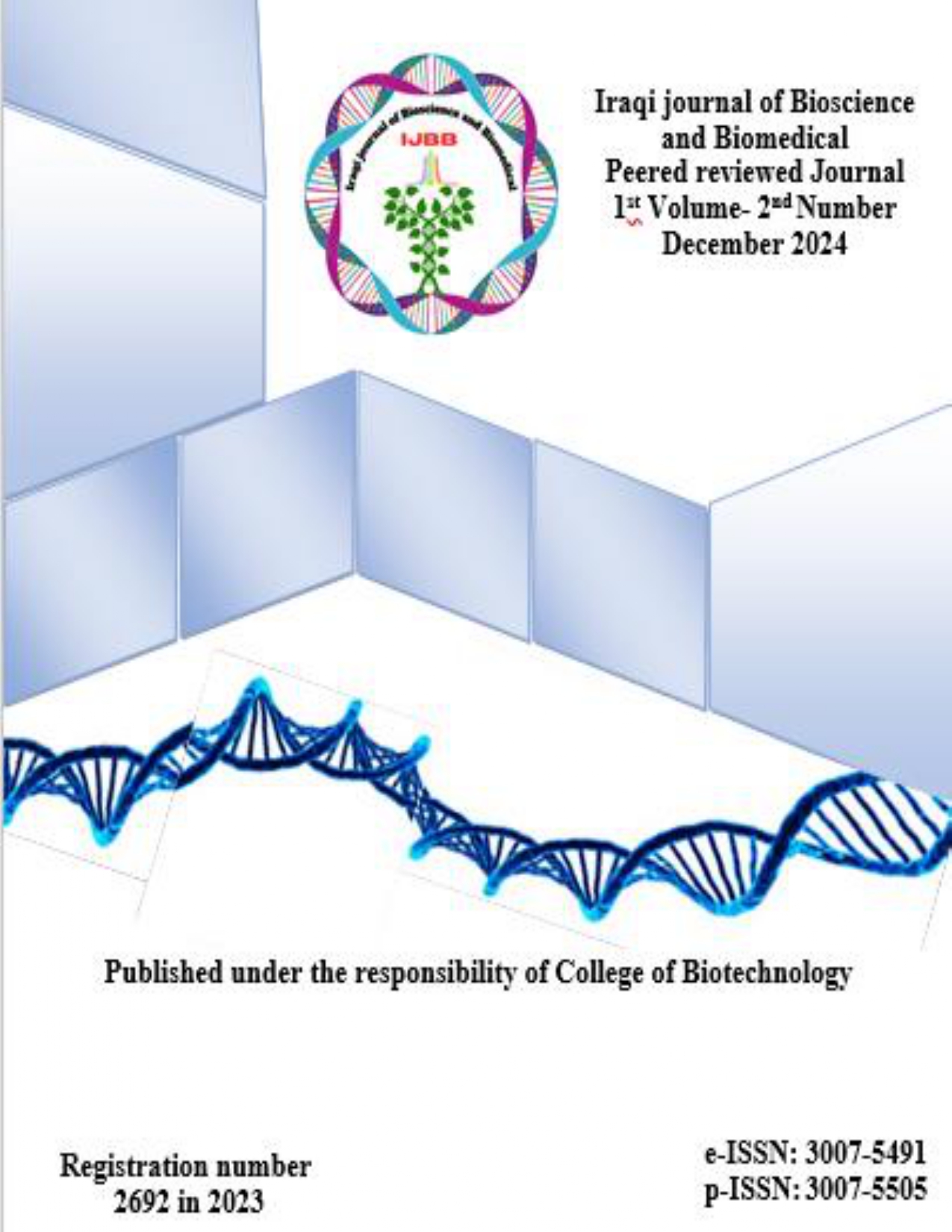Prevalence of quorum sensing genes in Pseudomonas aeruginosa isolated from clinical specimens
Keywords:
Quorum sensing, Pseudomonas aeruginosa, Biofilm virulence genesAbstract
Pseudomonas aeruginosa, similar to several bacteria, use chemical signals for intercellular communication through the quorum sensing (QS) mechanism. QS enables bacterial groups to detect population density and, in reaction to variations in cell density, to synchronize their behaviors. The current work intended to identify quorum sensing virulence factor genes in P. aeruginosa isolated from clinical tissues. A total of 155 clinical samples were obtained from burns, wounds, urine, and ears for isolation of P. aeruginosa. Bacterial isolates were identified according to their biochemical reactions, then antibiotic susceptibility and Biofilm formation by isolates of P. aeruginosa was investigated, and the genomic DNA was extracted from each bacterial isolate for detection of quorum sensing genes (lasR, lasI, rhlR, and rhlI). From different clinical specimens, twenty-five P. aeruginosa isolates were identified. these isolates were resistant to most antibiotics, and it was found that only 10(40%) of these isolates were biofilm producers. Biofilm virulence genes lasR, lasI, rhlR, and rhlI were detected in all P. aeruginosa isolates examined. lasR, lasI, rhlR, and rhlI genes were common in P. aeruginosa isolates that have high rate of resistance to all antibiotics, and strong ability in biofilm formation.
Downloads
Published
Issue
Section
License
Copyright (c) 2024 Iraqi Journal of Bioscience and Biomedical

This work is licensed under a Creative Commons Attribution-NonCommercial-NoDerivatives 4.0 International License.





